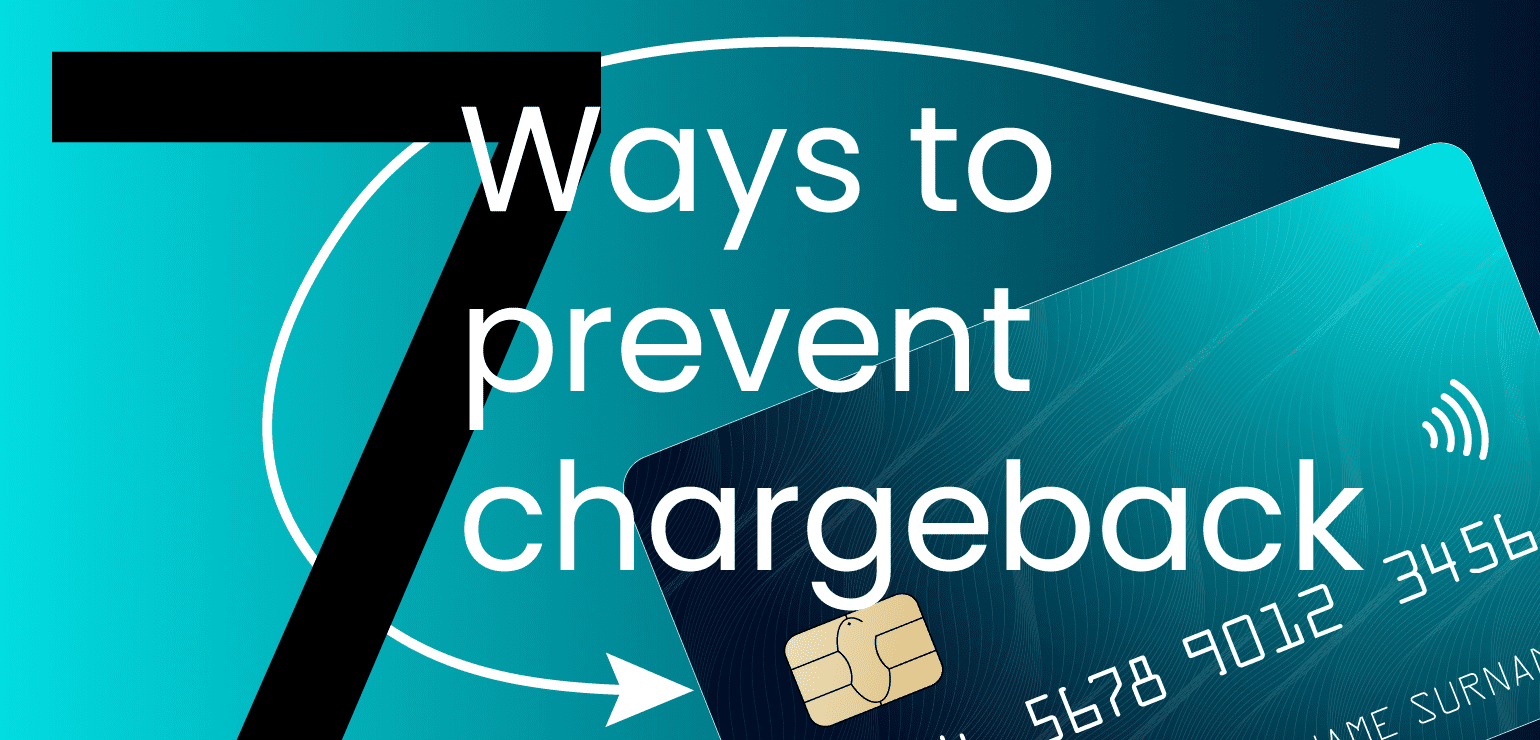What you need to know about selling on Amazon
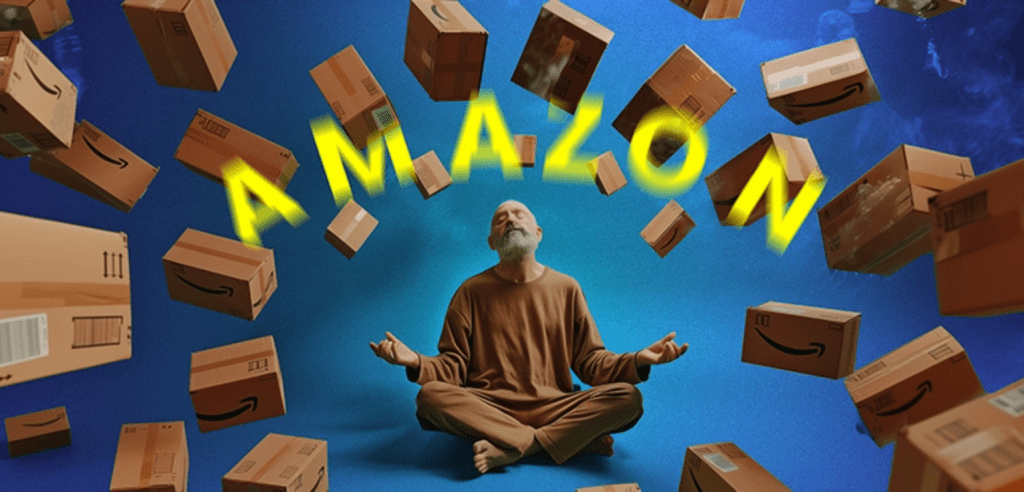
Article topics
- You need to know how much selling will cost
- You need to optimise your product pages
- You need to decide if you want to use Fulfilment by Amazon
- You can use Amazon Ads to expand your reach
- You might be able to sign up for Amazon Brand Registry
Looking for a fast, easy way to sell your products online? Amazon could be a fantastic option!
The largest marketplace in the UK, and one of the biggest in the world, www.amazon.co.uk saw over £26 billion in sales last year.
If you’re considering Amazon as a market front for your business, there are a few things you need to know before you get started. Here’s our comprehensive guide to getting set up on Amazon.
You need to know how much selling will cost
Marketplaces charge sellers for using their platform, either in the form of a commission on every product or a flat fee on each item sold. Amazon recently simplified the process by offering two selling plans – Individual and Professional.
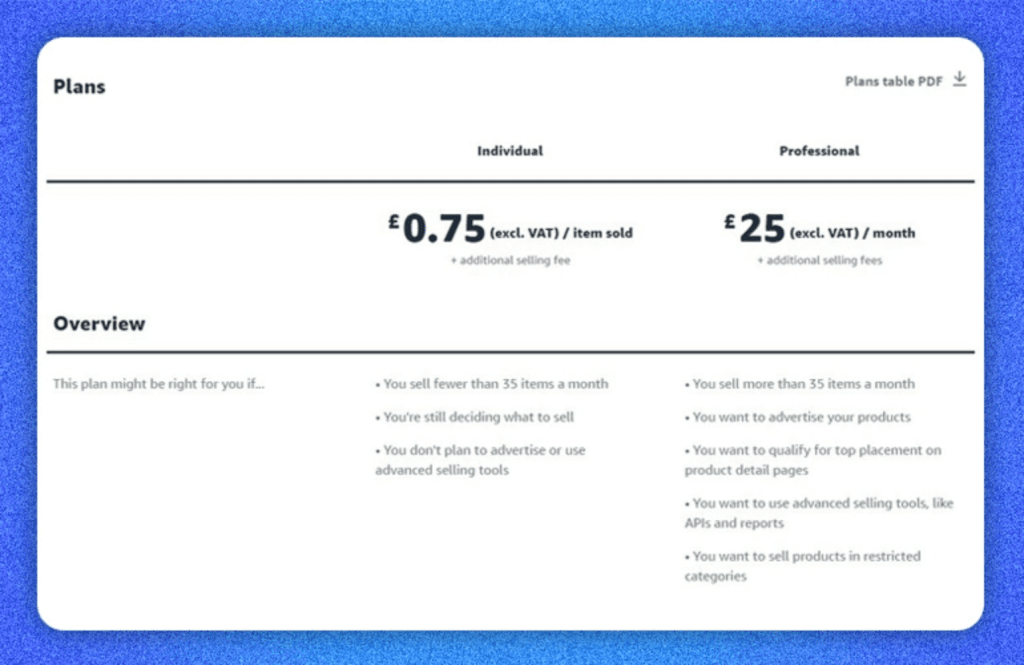
- Individual costs 75p per item sold. It’s ideal for smaller businesses that don’t sell many products or casual sellers that sell the occasional item
- Professional costs £25 a month, no matter how many items you sell. You also get access to additional benefits, including adding bulk listings, the ability to run promotions, and the option to qualify for top placement on product detail pages
Amazon also charges a referral fee for each product sold. This is a percentage of the product price and varies depending on the category the product is sold under. For example, there is a 15.3% fee on backpacks and handbags, and a 7.14% fee on computers.
You may also have to pay additional fees if you take advantage of additional Amazon services, like advertising and Fulfilled by Amazon. We’ll talk about these in more detail later.
It’s also important to know how you’ll be paid. Amazon settles your account every 14 days, which means you’ll receive payment every two weeks as long as there is money in your account.
However, bear in mind that it can take up to a further five days for the money to become available in your nominated bank account.
You need to optimise your product pages
One of the key advantages of Amazon is that it does a lot of the marketing for you. We’ve all seen the Amazon ads on television, and when you search for something on Google, chances are that Amazon is at the very top of results.
However, there is a lot of competition on the platform itself. Take for example, a search for ‘women’s hiking boots’ – with over 600 results! This means you need to optimise your products to increase the odds of appearing on the first page.

Good keyword research is a solid starting point. Look at what keywords your customers use to find your products, and optimise your product pages for these words.
Here are some more of our top tips for optimising your product pages so you get seen:
- Keep your product title to between 60 to 80 characters, and include as many keywords as naturally possible
- Use a range of high-quality product images and videos. Take your own rather than using ones from the manufacturer
- Encourage happy customers to leave reviews. Amazon’s algorithm takes reviews into consideration, which means increased visibility
- Include all the information customers need to make a purchase, using bullet points, headings and paragraphs to make it as easy to read as possible
You need to decide if you want to use Fulfilment by Amazon
When you get an order through Amazon, you have two options. You can ship the item yourself or use Fulfilment by Amazon (FBA) to do it on your behalf.
With FBA, you send products to Amazon, which sends them to its distribution centres. Amazon then picks, packs, and delivers the order for you.
The benefit of FBA is that Amazon does the work once a customer places an order. You don’t have to worry about sending orders out on time or pausing orders if you’re on holiday. If a customer needs to return a product, Amazon handles all the paperwork.
There is a charge in place for using FBA. You need to pay a charge per order, depending on size. You also need to pay to store your inventory in the Amazon Fulfilment Centres. This cost significantly increases during October and December – in time for Christmas and Black Friday.
You can use Amazon Ads to expand your reach
Pay-per-click (PPC) advertising, whether on Google Ads or social media, can be a great way to promote your business to new customers.
You can also use PPC advertising on Amazon to stand out in the search results. With Amazon Ads, you promote your listings, paying Amazon every time someone clicks on your product.
There are different types of Amazon Ads to consider, including:
Sponsored Products – where you pay to advertise individual products at the top of the search results or on another product page.
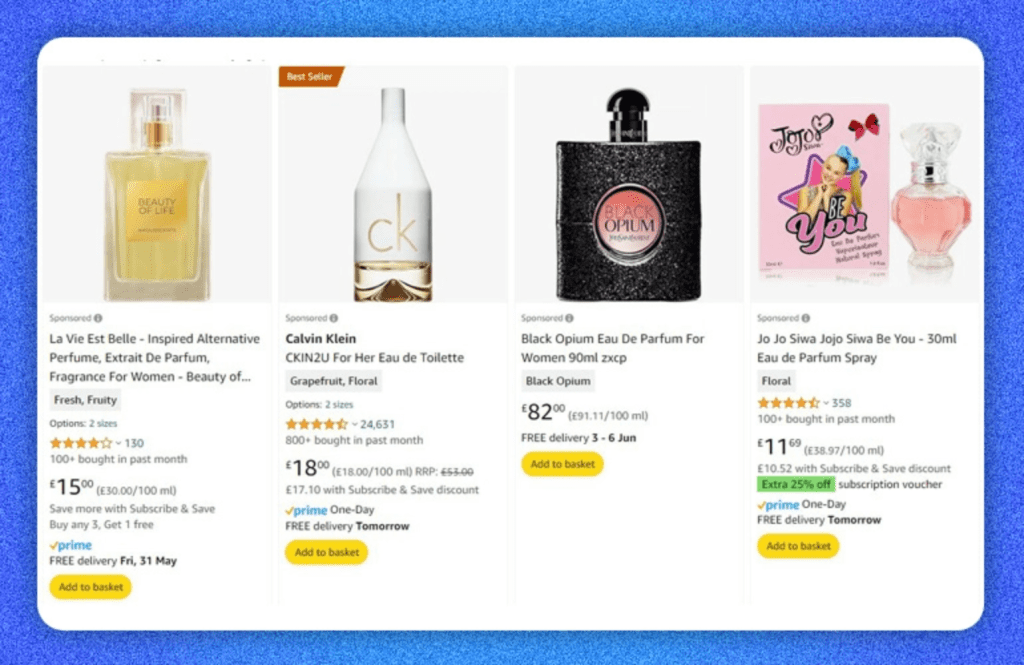
Sponsored Brands – where you showcase your specific brand at the top of the search results or on a product page. You can only use this ad type if you’re signed up for Amazon Brand Registry, which we’ll look at later.
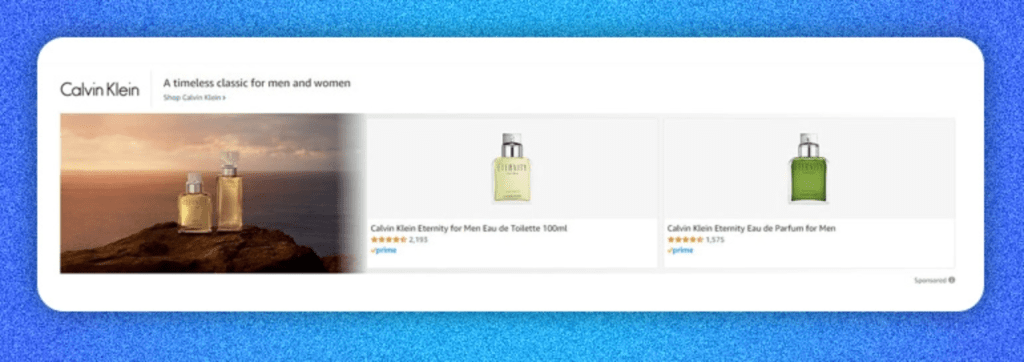
Amazon Ads works similarly to Google Search ads. You create a campaign, determine which keywords you want to rank for, and how much money you’re willing to spend per click.
You can also set negative keywords and products to ensure your ads don’t appear for specific searches.
You might be able to sign up for Amazon Brand Registry
If you sell your own unique brand on Amazon, you may be eligible to enrol with Amazon Brand Registry.
Amazon Brand Registry provides you with a suite of tools to grow your brand on Amazon and protect it from copyright infringement. When Amazon knows about your product range, it can identify potential counterfeit listings and block them from showing.
Other benefits of Amazon Brand Registry include:
- The ability to immediately remove counterfeit listings without having to go through Amazon
- The ability to run Sponsored Brands ads
- Your own multi-page brand store
- Access to A+ Content – a tool for optimising and enhancing your product pages
- Access to Amazon Vine. You can offer free products to hand-picked, influential reviewers in exchange for reviews
- Access to IP Accelerator, which can help you register trademarks and establish intellectual property rights in other countries
Want to know more about how to sell on Amazon?

Seller University is a collection of educational resources to help people sell on Amazon.
You can access short videos explaining how the selling process works and view webinars showing you how to develop an advanced selling strategy.
Looking for an eCommerce partner? You should check us out
Amazon is an excellent choice if you don’t have the time and resources to do your own marketing. Alternatively, it’s ideal if you want to test the waters to see if people want to buy your product.
However, nothing beats having your own bespoke eCommerce site. You have complete control over how your products appear online, you don’t have to worry about standing out in Amazon search and better yet… you keep more of your earnings!
We can help get you set up with an eCommerce store. Our team of experts will build your site to be easy to navigate and mobile-responsive, optimise it for your keywords of choice, and ensure your checkout process is flawless.
Want the best of both worlds? We’ll set up your shop to work alongside your Amazon store, meaning you can sync your inventory, manage orders, and even create listings directly from your website.
If you want your website visitors to shop until they drop, we’re the agency for the job. Get in touch today, and let’s see how we can help your business.
All the information in this article is accurate as of May 2024.


 Back
Back